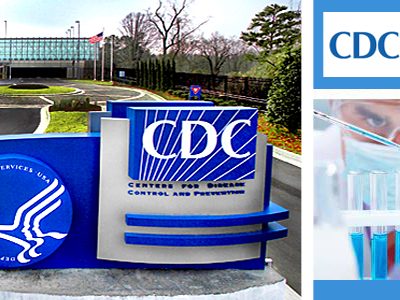Air Quality as Environmental Justice
National air quality standards may be among the most powerful levers for environmental justice.
The environmental justice movement began with a focus on neighborhood struggles against toxic waste facilities and other local pollution sources. The EJ focus now includes other measures to ensure that vulnerable communities get the benefit of climate regulations. The most powerful tool for assisting those communities, however, may be the National Ambient Air Quality Standards (NAAQS). The NAAQS (pronounced “knacks”) are supposed to be the maximum amount of air pollution consistent with protection of public health and welfare.
Air pollution is the biggest threat to poor communities and communities of color. As the American Lung Association has said:
“The burden of air pollution is not evenly shared. Poorer people and some racial and ethnic groups are among those who often face higher exposure to pollutants and who may experience greater responses to such pollution. Many studies have explored the differences in harm from air pollution to racial or ethnic groups and people who are in a low socioeconomic position, have less education, or live nearer to major sources of pollution.”
Those unequal pollution levels translate into more deaths, more asthma attacks, and more hospitalizations.
Once EPA sets the NAAQS, states have a limited time to issue new State Implementation Plans (SIPS) to achieve the standards. The process can be slow, but the advantage is that it casts a wide net. The SIPS cover all sources of pollution – everything from smoky diesel trucks to coal-fired power plants to use of ozone-causing chemicals. Even if the sources aren’t located in the communities in question, the state still needs to address them if they cause violations of the NAAQS in those neighborhoods.
Air pollution is a serious health burden on people who already have many disadvantages in terms of health and life expectancy. Substantially tightening air quality standards isn’t the only way to address that, but it’s the most systematic. It’s not only good in terms of American public health writ large, but as an environmental justice measure.
Reader Comments
2 Replies to “Air Quality as Environmental Justice”
Comments are closed.







Air pollution affects all life wherever its at.
The title of this article should read “Air Quality as Environmental Justice and Civil Rights.”